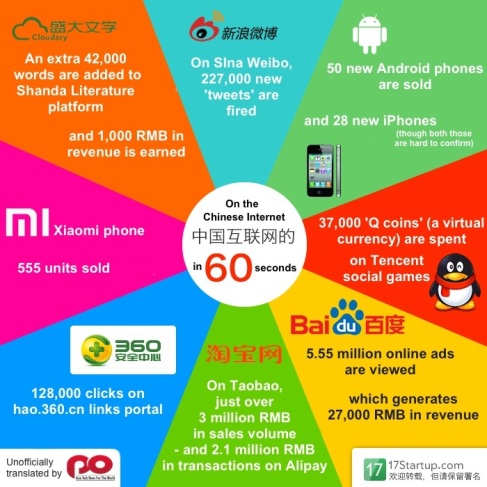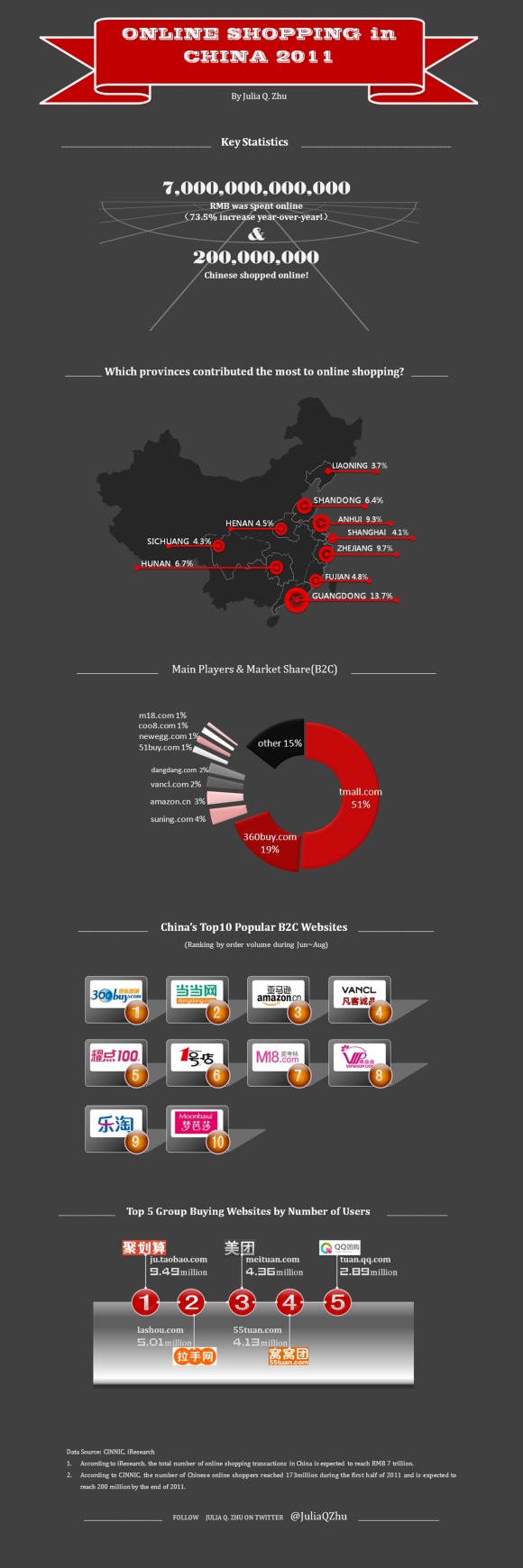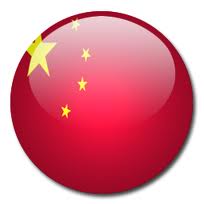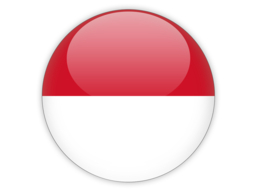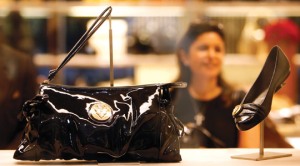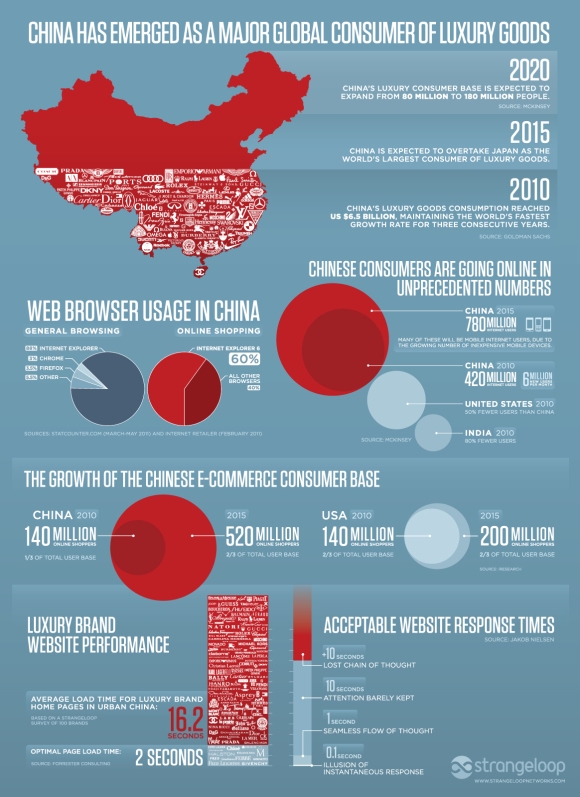Stumbled upon an article on Campaign Asia about marketing luxury brands in the digital space.
Key takeaway points:
- Digital implementation has to break away from conventional method of purely informing consumers about the brand
- Digital has evolved into a space for human expression, communication, social interaction and education
- Luxury consumers in Asia are much younger and more engaged online, with 80% of wealthy China consumers under the age of 45
- Digital content for luxury brands needs to be worth sharing – immense social sharing value
- Digital can be a platform to congregate like-minded followers, especially those who have no access to experience physically at brick and motar stores
- Digital space opens up an opportunity to hear from their younger buyers and use the feedbacks as an inspiration for the brand
If you are interested to read more, the full article is appended below.
Written by Arielle Yap
Source: http://www.campaignasia.com/Article/286458,five-things-you-need-to-know-about-marketing-luxury-brands-in-the-digital-space.aspx
Saurabh Sharman, planning partner, Ogilvy & Mather China, shares his insights on the intersection between digital technology and luxury marketing. He says luxury marketers have much to gain by understanding and deploying digital technologies, especially in large markets like China and India.
1. Digital is neither exclusive nor accessible; it is pervasive.
Luxury brands often wonder whether to use digital as a tool to further their exclusivity or accessibility. Digital offers both and much more. Today digital is the creative convergence of digital arts, science, technology and business for human expression, communication, social interaction and education.
Burberry, for example, deployed digital smartly for the launch of its flagship store in Beijing. Digital tactics were used to reach out to fans through social media, and to energise music and fashion shows through cutting edge digital technology. By doing so, Burberry transformed a new store opening into a groundbreaking audiovisual extravaganza, that in turn generated a tremendous amount of social media buzz.
2. Digital can engage the younger luxury buyer.
Most luxury brands are not very digitally savvy because many developed in markets where luxury buyers were typically older and less engaged online. In Asia, and more specifically in China, the situation is very different. 80 per cent of wealthy consumers in China are under the age of 45. Compare this with figures from the US (30 per cent) and Japan (19 per cent). (Source: McKinsey Global Institute)
3. Digital content should give currency. As the millionaire (and even billionaire) community grows, luxury needs to be about more than just price. It is increasingly about the story behind the making of the product and the unique experience that it promises. As the new rich evolve, ‘thoughts’ are gaining currency over ‘things’, and ‘experience’ is becoming more important than ‘expensive’. Digital content for luxury brands needs to be worth sharing. Imagine a TAG Heuer owner’s firsthand account of a three-month expedition climbing virgin peaks across continents. Such stories have immense talk value and give valuable social currency to their owners. Dunhill’s Day 8 is a great example of this. Dunhill’s dedicated lifestyle website and mobile application cover the new and noteworthy across topics such as creativity, travel, culture, elegance and intelligence.
4. Digital can create a community around the mythology.
Luxury brands have rich history and heritage. And luxury buyers crave communities of like-minded people; they want to be part of exclusive clubs. Luxury brands have an important role to play here. What’s more, in countries like China and India, which both have vast populations and relatively lower service standards, it is not always easy to serve the luxury buyer in ‘physical space’. Digital is the missing link that can bridge this gap. While luxury offers exclusivity, digital can provide privacy and personalisation.
5. Digital conveys youthful energy. But it is different from being a youth brand.
As luxury brands compete to entice younger luxury buyers, they run the risk of confusing youthful energy with the notion of a youth brand. These competing themes must be balanced carefully. Marketers need to view digital as a platform for listening to younger buyers and finding ways to be inspired by them. Mercedes Benz did something similar when they began interacting with the younger Generation Y and soliciting their feedback and ideas on vehicle design.

